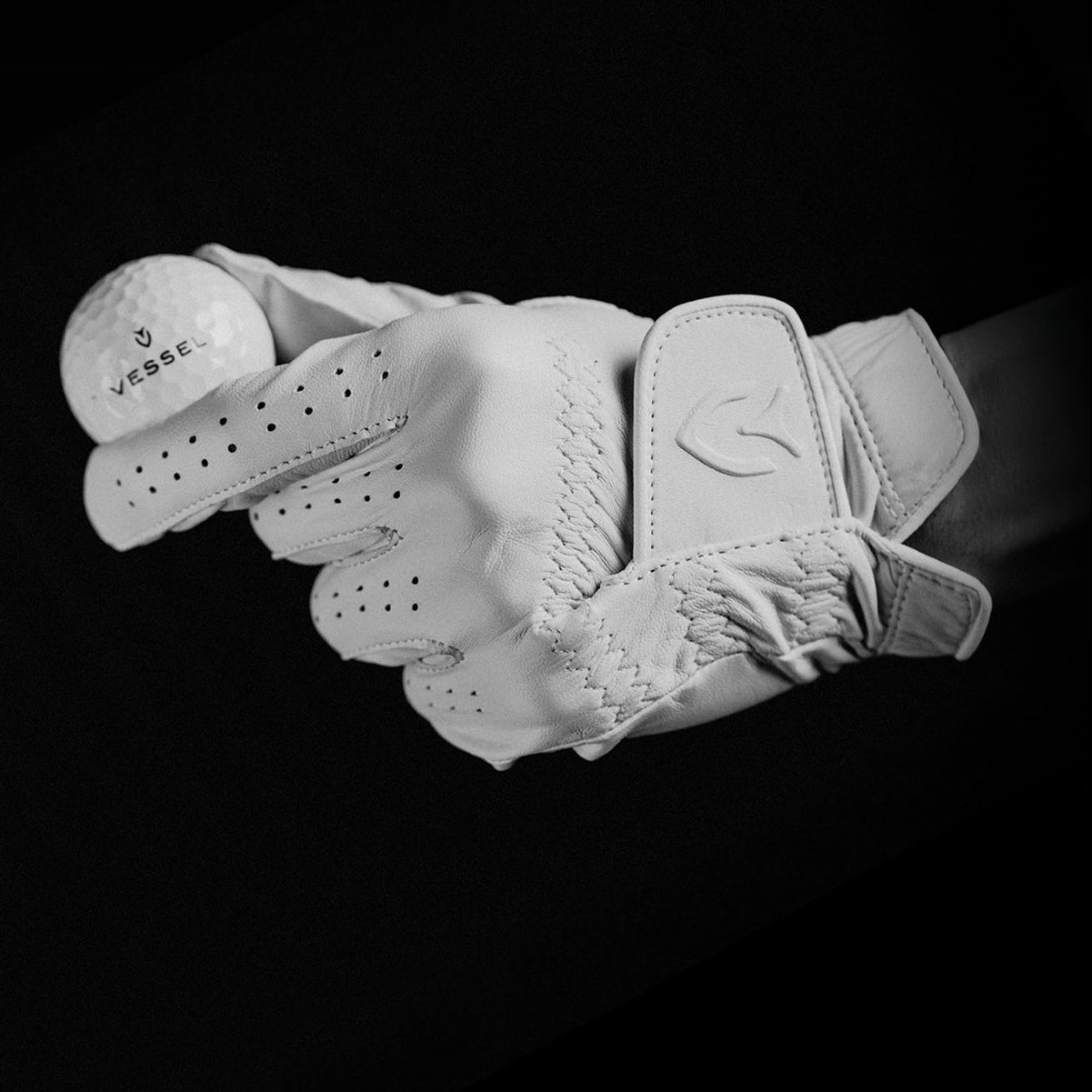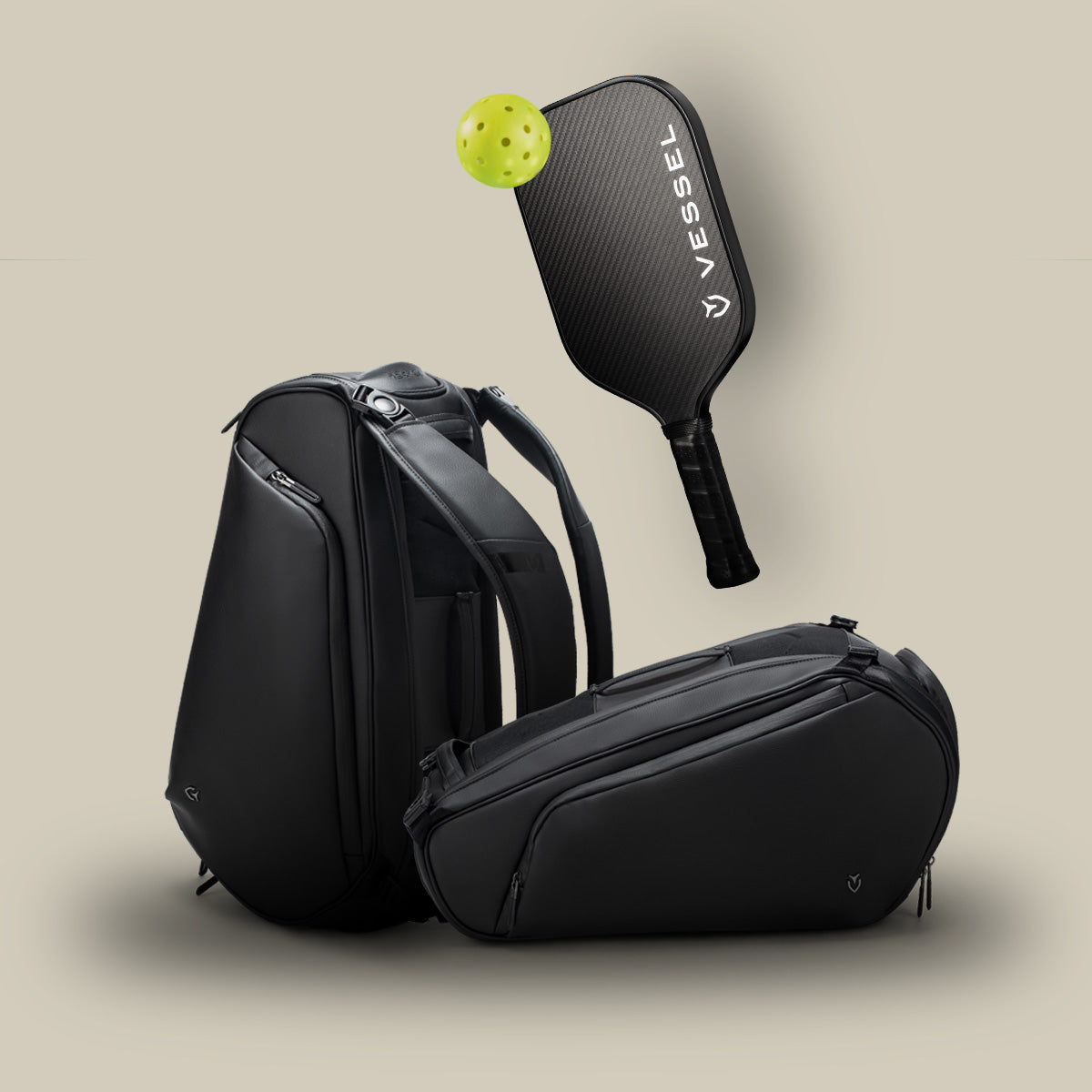

To fix your iron shanks, start by checking your setup—you should stand about a hand's width from the ball with your weight evenly distributed between both feet. The most common culprit is an inside-out swing path caused by poor takeaway or overactive hands, which sends the hosel crashing into the ball instead of the clubface. Practice the tee placement drill by putting a tee just outside your ball, then focus on missing it during your swing to promote better club path.
Understanding the Root Causes of Shanking
Pinning down the exact cause of your shanks can feel like chasing a ghost around the golf course, but here's the thing – there are actually five main culprits that account for about 90% of all shanking issues.
First up is an excessive inside-out swing path. This happens when your takeaway goes wrong, your weight shift gets messed up, or your hands become way too active during the downswing. Second, you've got grip problems – either too light or positioned incorrectly. Third is improper weight transfer, where you're hanging back on your rear foot instead of shifting forward. Fourth, your ball position might be off. Ultimately, swing plane issues cause you to contact the hosel instead of the clubface.
Many golfers assume their swing completely falls apart after hitting a shank, but the reality is that microscopic technique changes are often all that's needed to shift your strike point back to the sweet spot. However, contrary to popular belief, shaft pitch changes and your hand distance from the ball in 3D space are actually the primary factors that determine where you make contact on the clubface.
Correcting Your Setup Position and Posture
Now that you know what's causing those dreaded shanks, let's tackle the foundation of every good golf swing – your setup position and posture. Think of this as building a house – you need a solid foundation initially.
Start by positioning your feet, hips, and shoulders parallel to your target line. Here's a pro tip: lay a club on the ground as your alignment guide! You'll want to stand about a hand's width from the ball – close enough to make solid contact, but not so close that you're crowding yourself.
For proper posture, start upright, then bend from your hips while keeping your back straight. Let your arms hang naturally under your shoulders, and flex your knees slightly. Balance your weight evenly on both feet, ensuring it's distributed between your toes and heels. Remember that shanking is a significant problem that affects many golfers, but with the right setup fundamentals, it can absolutely be resolved.
Adjusting Your Grip and Stance Fundamentals

While your setup position creates the foundation, your grip and stance fundamentals are where the magic really happens – these two elements work together like a perfectly tuned engine to eliminate those frustrating shanks.
Your grip pressure needs to hit that sweet spot between firm and relaxed. Focus on gripping with your bottom three fingers while keeping even pressure across both hands. Too tight restricts your wrist motion, too loose lets the club slip during your swing.
For your stance, alignment is everything. If you're aimed too far left or right, you'll create an inside-out swing path that sends balls flying sideways. Keep your stance width consistent for better balance, and distribute your weight evenly between both feet. This stability prevents that dreaded "hanging back" move that causes shanks. Poor hand path during the swing compounds stance issues and leads to improper contact with the ball.
Remember to maintain proper knee flex throughout your swing, as straightening your legs prematurely disrupts your swing path and increases the risk of hosel contact.
Implementing Targeted Practice Drills and Training Aids
Once you've got your grip and stance dialed in, it's time to put those fundamentals to work with specific drills that'll tackle your shanking problem head-on. Start with the tee placement drill—position a tee about two inches outside your ball toward the toe of your club. This forces you to swing from the inside and hit the sweet spot consistently. The "butt-end against a chair" drill is another pivotal moment. Keep your club's grip end touching a chair throughout your backswing—this maintains proper posture and prevents you from standing up during impact. Video analysis is your best friend here! Record your swings to spot swing path issues you can't feel. The head cover drill helps you develop awareness of club positioning by placing a head cover just outside the ball and practicing swings that avoid contact with it. For golfers seeking professional instruction, these training aids work best when combined with lessons from qualified coaches who can provide personalized guidance on your specific swing faults.
Long-Term Strategies to Eliminate Recurring Shanks
After building consistent muscle memory, the real challenge becomes creating permanent changes that'll keep those dreaded shanks from sneaking back into your game. Here's the thing—you need a multi-layered approach that addresses every aspect of your setup and swing.
Start with your posture fundamentals. Maintain proper spine angle throughout your swing, let your arms hang freely to avoid crowding the ball, and position it under your left knee for irons. Balance your weight evenly between both feet—this creates the stable foundation you need.
Equipment matters too! Get properly fitted clubs that match your swing speed and style. Sometimes a grip that's too small or large can throw off your entire sequence.
Finally, develop a rock-solid pre-shot routine with breathing exercises and target focus to eliminate tension.
Frequently Asked Questions
Can Equipment Issues Like Worn Grooves or Bent Clubs Cause Shanking?
Yes, equipment issues can definitely cause shanking! Worn grooves reduce your spin control, making consistent contact tougher. Bent clubs mess with your swing path, while inconsistent clubfaces create unpredictable ball flight. Here's the thing—clubs that are too long or short interfere with your natural swing mechanics. Even dirty grooves affect performance! Regular equipment checks help you identify these problems before they turn into shanking nightmares.
How Do Weather Conditions Like Wind Affect My Tendency to Shank?
Wind definitely affects your shanking tendency! Headwinds make you swing harder, which increases spin and throws off your swing plane. You'll also fight to maintain balance and tempo when it's gusty. Your ball position shifts unconsciously as you brace against wind, moving the sweet spot away from impact. Tailwinds aren't innocent either—they flatten your swing and change timing. Practice lighter swings with more club instead of forcing shots.
Should I Use Different Techniques for Fixing Shanks With Wedges Versus Irons?
You'll need slightly different approaches for wedges versus irons when fixing shanks. With wedges, focus more on swing tempo and clubface control since their shorter length makes timing trickier. For irons, emphasize grip adjustments and swing path consistency. Both require proper address position, but wedges demand extra attention to weight distribution during your swing. The fundamentals overlap, but wedges need more finesse in your technique.
Can Physical Limitations or Injuries Contribute to Developing a Shanking Problem?
Physical limitations can definitely trigger shanking problems. Limited spinal mobility forces your body into early extension, pushing your hips toward the ball during downswing. Back or hip injuries mess with your pivot and balance, while shoulder problems throw off your swing plane. Poor core strength leads to compensation moves that cause shanks. Even fatigue from old injuries reduces muscle endurance, making consistent mechanics harder to maintain throughout your round.
Conclusion
You've got the tools to beat the shanks once and for all! Focus on your setup initially—it's where 80% of shank problems start. Practice those alignment drills daily, even if it's just 10 minutes in your backyard. Remember, muscle memory takes about 3 weeks to develop, so stay patient. Don't let one bad shot derail your confidence. Keep working these fundamentals, and you'll be striping irons like a pro again!







